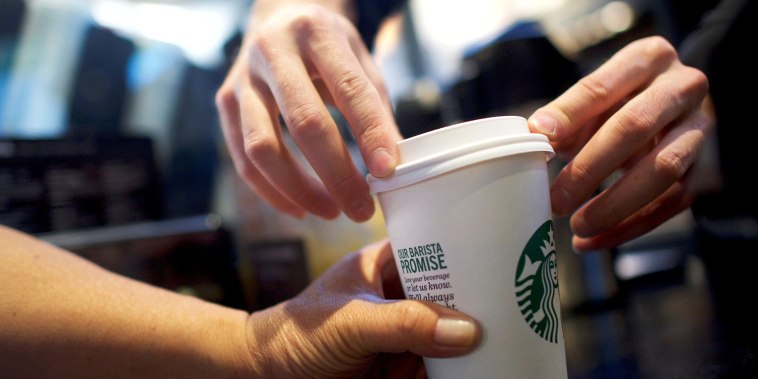The recent consumer pullback that has affected popular restaurants like Starbucks, KFC, and McDonald’s has been a long-predicted phenomenon with significant implications for the food service industry. This trend has drawn attention to the evolving preferences and spending habits of consumers, reflecting broader economic shifts that may influence the future landscape of the restaurant sector.
One key factor contributing to the pullback in restaurant sales is the impact of the ongoing COVID-19 pandemic. As the world continues to grapple with the effects of the global health crisis, many consumers have reevaluated their dining habits and are opting for alternative options such as cooking at home or ordering meal kits. This shift in behavior has put pressure on traditional sit-down restaurants, leading to a decline in foot traffic and revenue.
Furthermore, changing consumer preferences and demographics are also playing a role in the pullback observed in restaurants like Starbucks, KFC, and McDonald’s. Younger generations, in particular, are more focused on health and sustainability, seeking out restaurants that offer organic, locally-sourced, and plant-based menu options. This shift towards healthier and more environmentally-conscious choices has challenged traditional fast-food chains to adapt their offerings to cater to changing consumer demands.
In addition to changing consumer preferences, economic factors such as rising inflation and increased costs of living have impacted consumers’ discretionary spending. As prices for everyday goods and services continue to rise, many individuals are cutting back on dining out and opting for more cost-effective meal options. This trend has put pressure on restaurants to offer competitive pricing and promotions to attract price-conscious consumers.
The advent of technology and the rise of delivery services have also reshaped the restaurant industry, providing consumers with greater convenience and flexibility in how they access food. The growing popularity of food delivery apps and online ordering platforms has enabled consumers to enjoy restaurant-quality meals from the comfort of their own homes, posing a challenge for traditional dine-in establishments.
In response to these market dynamics, restaurants like Starbucks, KFC, and McDonald’s are reevaluating their business models and strategies to remain competitive in an evolving landscape. From introducing new menu items to expanding their digital presence, these restaurant chains are adapting to meet the changing needs and preferences of consumers in order to drive growth and enhance customer loyalty.
Overall, the consumer pullback experienced by restaurants like Starbucks, KFC, and McDonald’s underscores the need for businesses in the food service industry to be agile and responsive to shifting consumer trends and market conditions. By understanding and adapting to these changes, restaurants can position themselves for long-term success in an increasingly competitive and dynamic environment.



